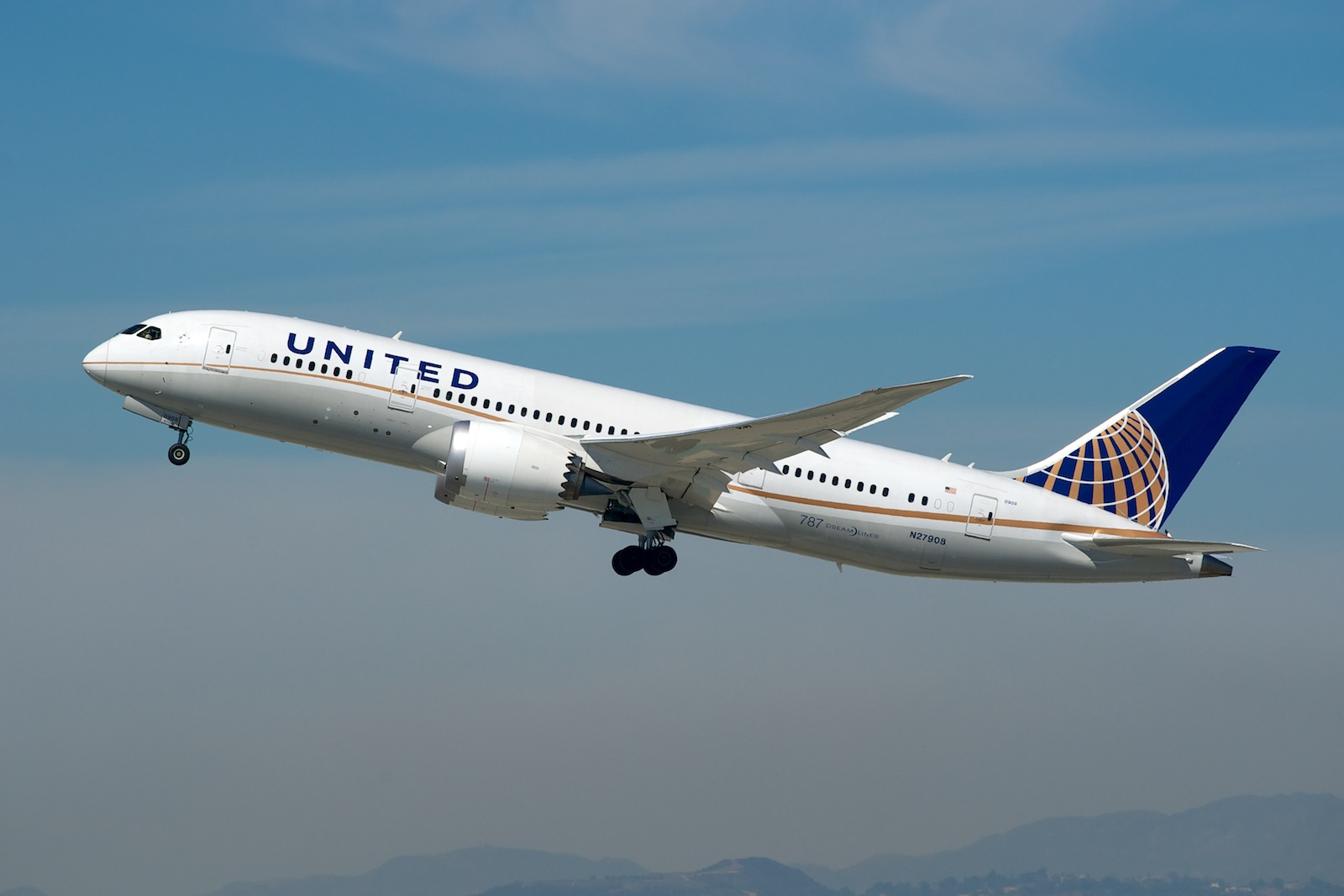In part one of this series I provided an overview of my airline sampler trip (5 airlines over 4 days) and offered my thoughts on my very first flight with Virgin America, from Dallas to San Francisco. Here we pick back up at SFO for a quick journey down to LAX in the first class cabin aboard a United 787-8.
This leg of my airline sampler was actually the catalyst for the entire trip. I happened to stumble upon an announcement that United would be briefly returning the 787 to domestic service for once weekly (Friday) service from SFO-LAX. I didn’t get the opportunity to check out the Dreamliner when United had them on domestic runs when they were first introduced. After a number of friends booked their own 787 experiences only to be disappointed by the wrong plane at the gate, due to operational issues, I decided to hold off. I was skeptic for too long and wound up missing my opportunity. Some time had passed and United now had a number of 787s in service, so I figured that the time was right.
The economy fare was very attractively priced at a meager $72.10 — what a bargain! When United.com solicited me to pay an extra $29 for economy plus I jumped at it.
As a Boeing fan-boy, I was excited, but that joy would soon evaporate like spilled Jet A on a hot day. It pains me to report that problems began before I ever stepped foot on the plane’¦
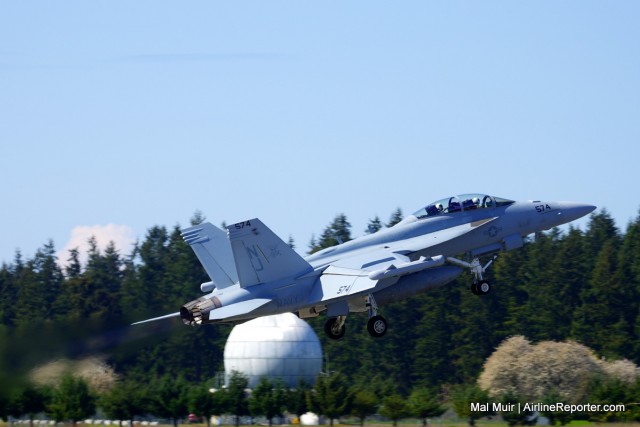
An EA-18G Growler from VAQ-129 climbs out of OLF Coupeville in full afterburner
Picture this: the sun is shining, the sky is blue, and yellow dandelions are beginning to bloom in the green grass. Sounds pretty good, right? As AvGeeks, what could make this better? Well, how about the sound of jets? Not just any jets but fast moving jets, the kind that are flown by the U.S. Navy.
Interested? You might want to head about 90 minutes northwest of Seattle and check out the NOLF (aka OLF) Coupeville. I recently got to experience all of the above, and more, and figured I should share what I experienced.
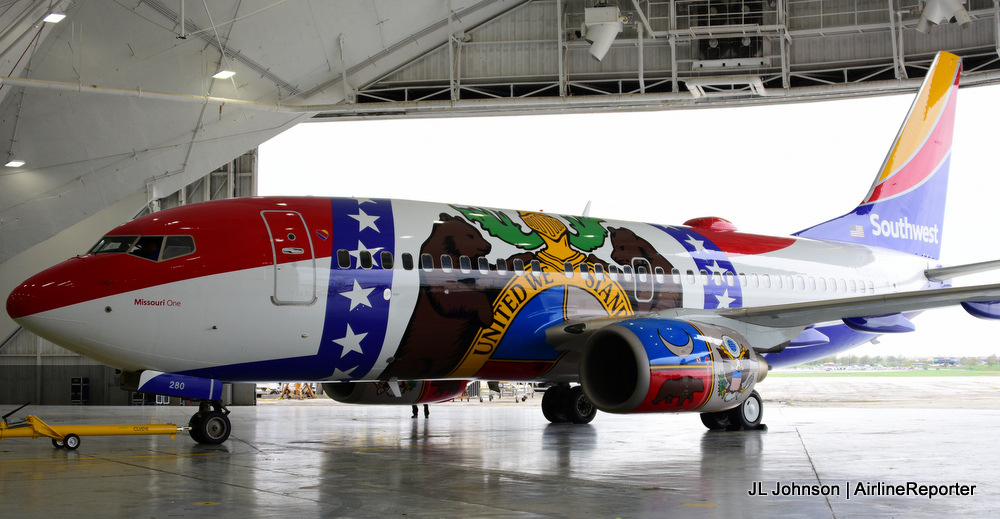
N280WN, the new Missouri One, pushes out of an ATI hanger in Kansas City
I adore Southwest Airlines and I’m a proud Missourian. Can you imagine how excited I was to attend last week’s special event?! As soon as my Missouri-centric invite came through, I knew we were dealing with a Missouri One, but held back as I didn’t want to ruin the fun. Those who fancy themselves Southwest experts knew something might be up when N280WN (Penguin One- a SeaWorld plane overdue for de-livery as a result of contract termination) entered the paint shop in Spokane, Washington but never left. What could cause such a delay in the paint shop? A new livery, of course!
My first thought when I put two and two together: “Isn’t our state flag kind of boring?” Okay, fine. It is. But our state seal is pretty sweet and thankfully the folks at Southwest and their advertising firm GSD&M took a bit of artistic privilege. The result? My new favorite special-liveried bird. This isn’t the first time they’ve had little to work with, yet hit a home run. Has anyone seen Florida or Nevada’s state flags? Sort of dull, but absolutely stunning on a 737.
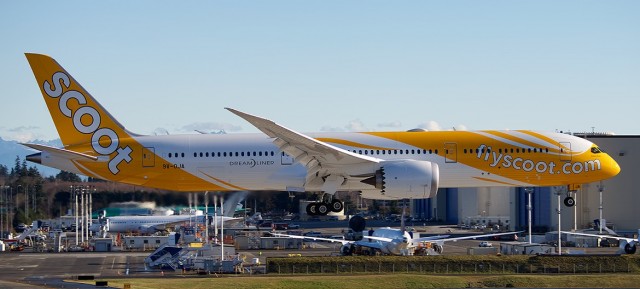
Scoot vs Spirit. Their liveries are different enough, but it goes deeper than that – Photo: Bernie Leighton
Sometimes when airlines fight — we get entertained. The most recent throwing of the punches is between Singapore’s low cost carrier Scoot and US-based Spirit Airlines.
It would seem that Campbell Wilson, CEO of Scoot, has caught on to something that many might have noticed but filed away as merely a coincidence: branding similarities.
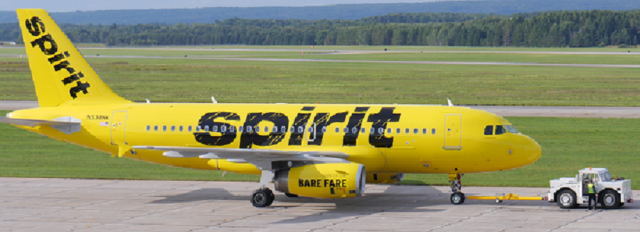
Spirit’s livery is much more in your face – Photo: Spirit Airlines
“So a little yellow birdie told us that a certain American airline looks familiar,” Scoot posted on their Facebook. “It looks like #ScootInspires their current campaign’¦well, we’re really flattered!” It becomes clear that the airline that Scoot is talking about is — wait for it — Spirit.
And Spirit has something to say about all of this.
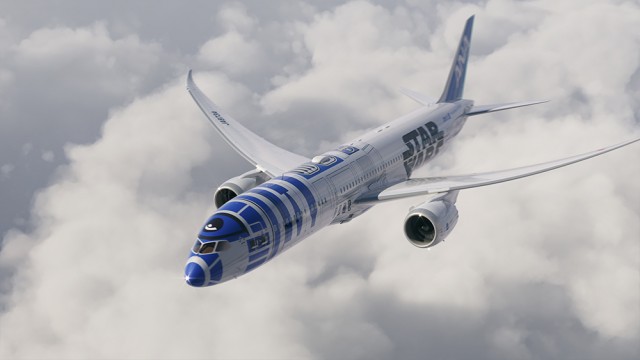
ANA’s tribute to R2-D2 is truly a masterpiece. Image- ANA.
We all know that Star Wars: The Force Awakens is coming out Christmas of this year. We even saw the second teaser trailer on April 16 of this year, BB-8 is adorable.
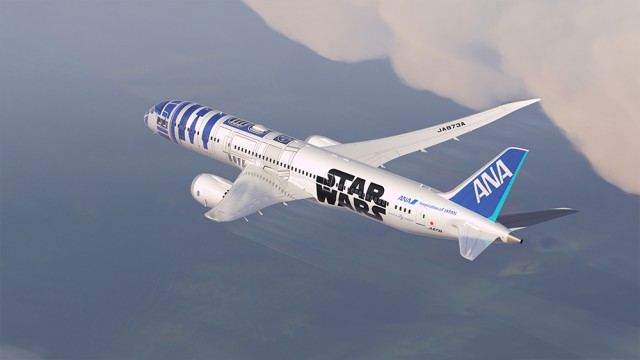
Just look at this thing. This is going to sell more models than the VC-25A! Image: ANA
What we did not expect is that ANA would partner with Disney to launch what they are calling their Star Wars project that will take five years to complete. While we don’t know much about what the project will entail- we do know that it’s all starting with a new-build 787-9 that will be coming “this Autumn.”
